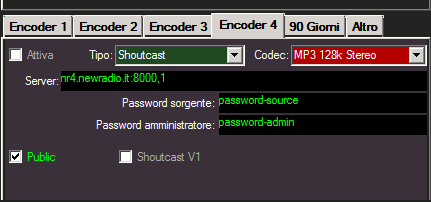


Check the "Monitor Output" square and hit the "Hijack" button.ĭial a number on Skype. In the Application Mixer window, set Skype as the application and leave the "Crossfade" at the default setting of 50 per cent. Insert the "Application Mixer" by clicking on one of the target squares (where it says "Click here to insert effect"). Select the destination folder you want your MP3 files to appear in and click the "Archive" button to make it active. Under the "Window menu", show the "Archiving" window. In the Source drawer, select Audio device in the first dropdown menu, then select your headset (if you intend to use one - eg in our case Plantronics) from the dropdown menu headed "Select". In the window headed "Broadcast", click the "Source" button. Open Skype and make sure the headset is also selected for audio output and input in its preferences. After plugging the headset into a USB slot, select the device for both output and input in your Apple's sound preferences. In our test, we used a Plantronics headset. Here is how we did it (nb this solution is for Apple Mac OSX users). Intended primarily for broadcasting over the web, this software has a neat function that allows you to record straight to MP3. We found the answer in Rogue Amoeba's Nicecast ($40 or £24.09 for full version free downloadable demo version also available). Podcasting is all the rage and we at .uk have been searching for a neat solution for recording our key Skype telephone interviews straight to MP3 files.


 0 kommentar(er)
0 kommentar(er)
